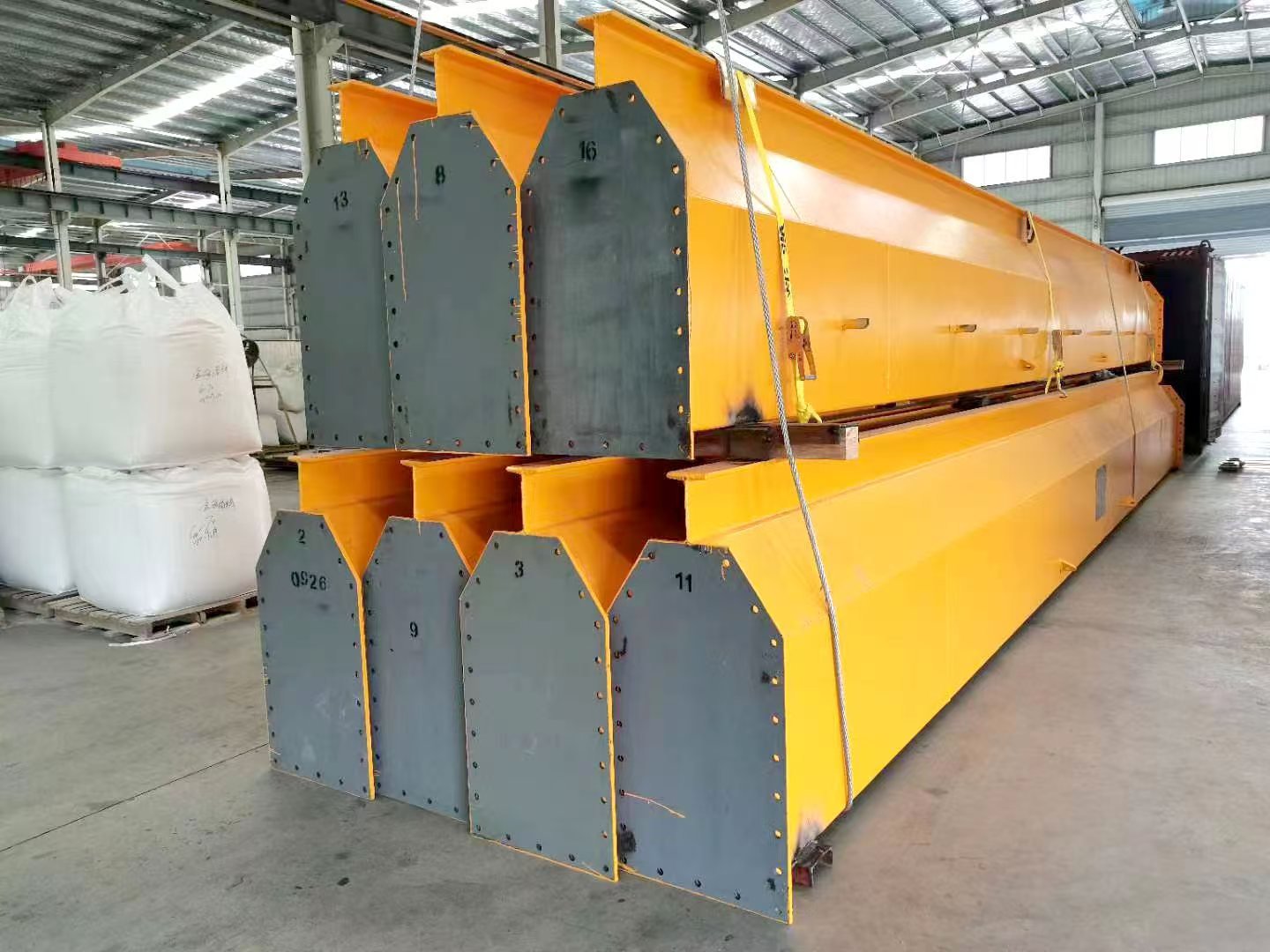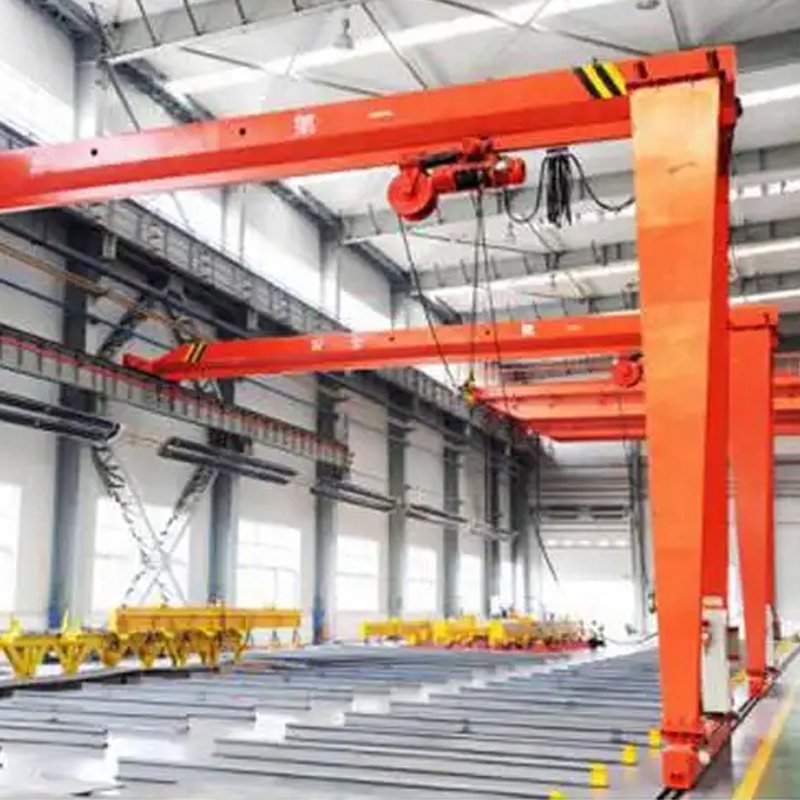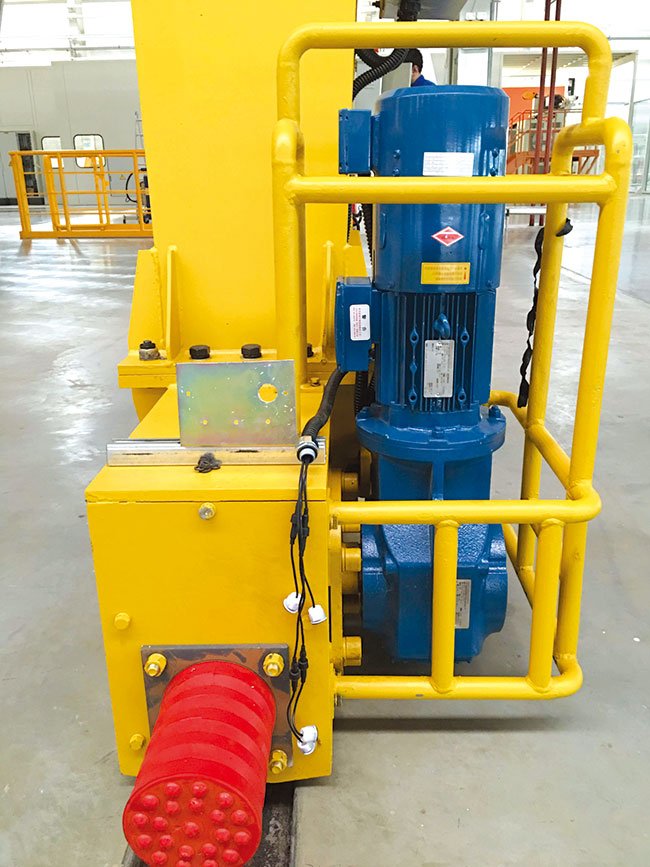Cranes play a critical role in the construction, manufacturing, shipping, and logistics industries by enabling the safe and efficient lifting and movement of heavy materials. Each type of crane is designed to meet specific job site requirements, load capacities, and operating conditions.
As a professional crane service provider, YONG HAO CRANE is pleased to present this comprehensive guide to the most common types of cranes, their features, and typical applications. Whether you’re planning a modular construction project or managing industrial operations, understanding the different types of cranes can help you choose the right equipment for the job.
1. Mobile Cranes
Mobile cranes are versatile lifting machines mounted on a wheeled or tracked chassis. They are easy to transport and set up, making them suitable for short-term or dynamic projects.
Key features:
- Fast setup and relocation
- Telescopic boom for extended reach
- Suitable for urban and off-road environments
Applications: General construction, infrastructure projects, plant maintenance, modular building installation
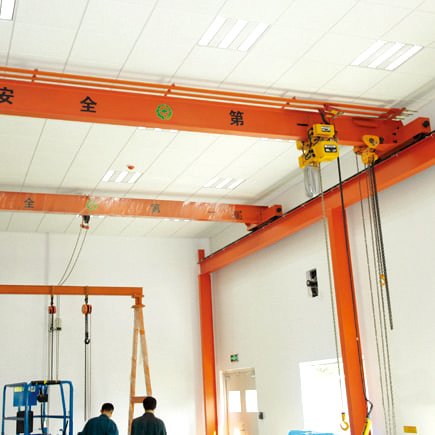
2. Tower Cranes
Tower cranes are fixed to the ground or attached to buildings for high-rise construction. They offer high lifting capacity and height, with the ability to lift heavy materials to great elevations.
Key features:
- High vertical and horizontal reach
- Stationary base or self-climbing setup
- Remote or cabin-operated
Applications: Skyscrapers, commercial buildings, bridge construction, long-term projects

3. Crawler Cranes
Crawler cranes are mounted on tracked undercarriages and offer excellent stability on uneven terrain. These cranes do not require outriggers and can move while carrying loads.
Key features:
- Heavy lifting capacity
- No need for outriggers
- Excellent ground stability
Applications: Large-scale construction, wind turbine installation, energy and oil sectors
4. Truck-Mounted Cranes
Truck-mounted cranes combine the lifting power of a crane with the mobility of a truck. They are ideal for projects that require frequent travel between sites.
Key features:
- Road-legal for easy transport
- Quick to set up and use
- Telescopic or lattice boom options
Applications: Utility work, urban construction, equipment relocation
5. Rough Terrain Cranes
Rough terrain cranes are designed for off-road conditions. They feature large rubber tires, four-wheel drive, and a compact design ideal for confined sites.
Key features:
- Excellent mobility on rough or uneven ground
- Hydraulic telescoping boom
- Compact chassis
Applications: Industrial construction, energy sector, remote site operations
6. Overhead (Bridge) Cranes
Overhead cranes, also known as bridge cranes, are fixed installations used in warehouses, factories, and production facilities. They run along overhead rails and are ideal for moving heavy loads indoors.
Key features:
- High load capacity
- Minimal floor space usage
- Precision control
Applications: Manufacturing plants, steel mills, warehouses, assembly lines
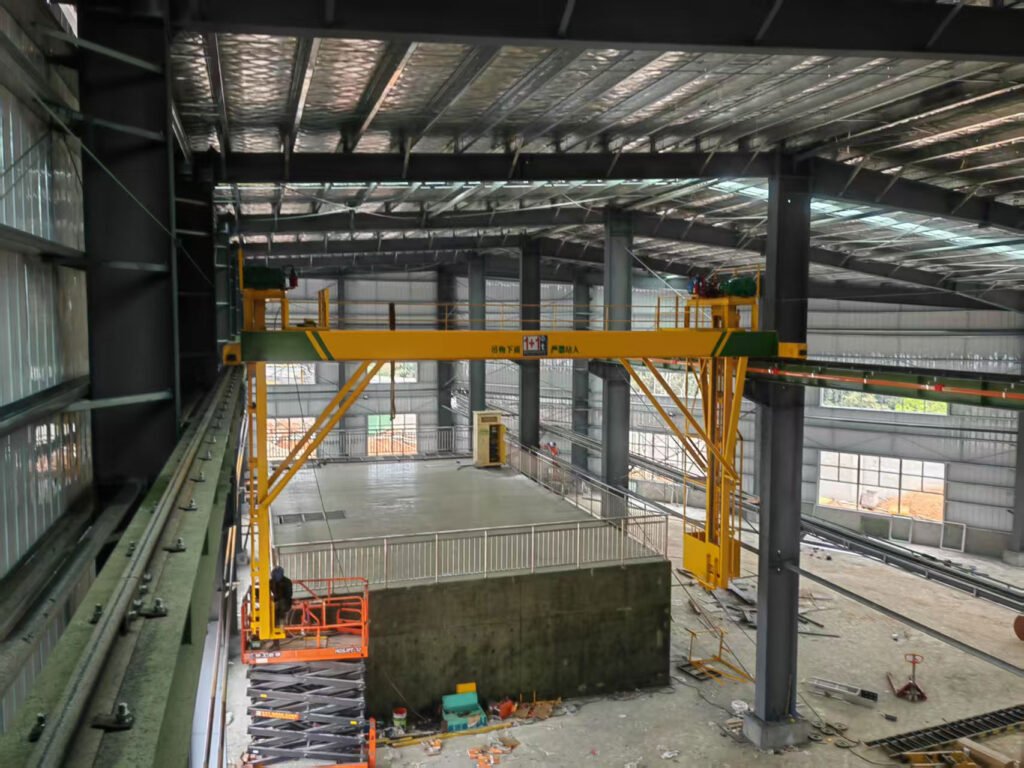
7. Gantry Cranes
Gantry cranes are similar to overhead cranes but are supported by freestanding legs and often used outdoors. They can span large distances and lift heavy loads across wide work areas.
Key features:
- Portable or rail-mounted versions
- Adjustable height and span
- Suitable for outdoor use
Applications: Shipyards, container yards, precast concrete handling
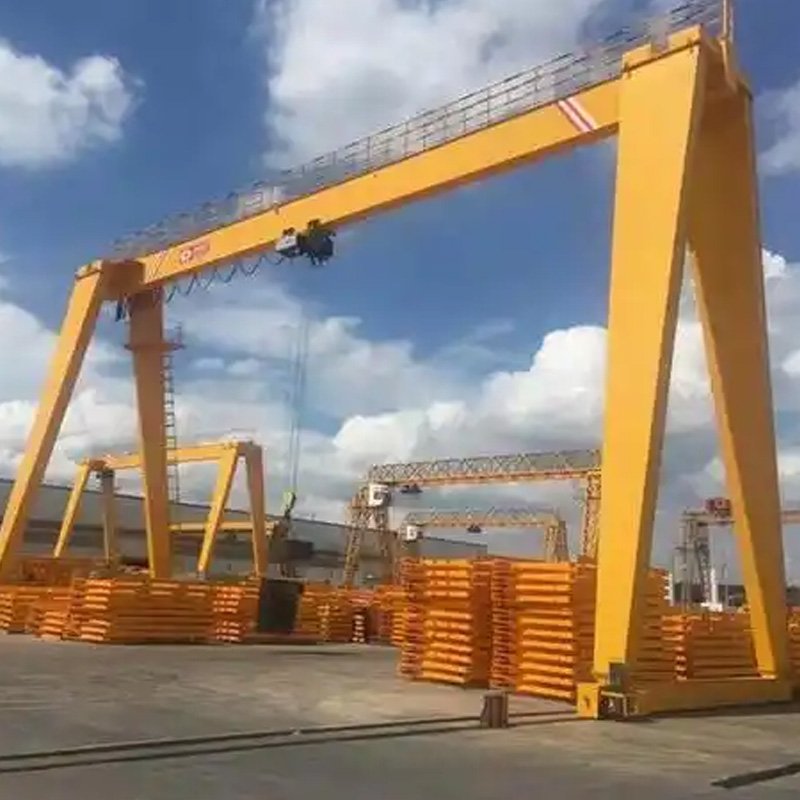
8. Floating Cranes
Floating cranes are mounted on barges or pontoons and are used in marine construction and offshore projects. They are capable of lifting very heavy loads.
Key features:
- Water-based operation
- High load capacity
- Specialized for marine environments
Applications: Harbor construction, bridge building, offshore platforms
Crane Type Comparison Table
| Crane Type | Mobility | Lifting Capacity | Best For | Setup Time | Site Terrain |
|---|---|---|---|---|---|
| Mobile Crane | High (on wheels) | Medium to High | General construction, short-term projects | Fast | Flat to semi-rough |
| Tower Crane | Fixed | Very High | High-rise buildings, long-term urban projects | Long | Stable/foundation required |
| Crawler Crane | Low (on tracks) | Very High | Heavy industrial projects, rough terrain | Moderate | Uneven or soft ground |
| Truck-Mounted Crane | Very High (road-legal) | Medium | Utility work, frequently changing sites | Very Fast | Paved or semi-paved |
| Rough Terrain Crane | Moderate | Medium to High | Off-road jobs, energy & mining sectors | Fast | Rugged, uneven terrain |
| Overhead Crane | Stationary (indoor) | High | Factories, warehouses, production lines | Installed system | Indoor only |
| Gantry Crane | Moderate (rail/portable) | High | Shipyards, outdoor yards | Moderate | Flat, open spaces |
| Floating Crane | Water-based only | Very High | Marine, bridge & offshore construction | Project-specific | Water surfaces only |
This table provides a quick snapshot to help project managers and contractors identify the most suitable crane based on project location, load needs, and mobility requirements. However, real-world crane selection often involves deeper site analysis and compliance considerations.
For expert guidance, feel free to reach out to YONG HAO CRANE. We will evaluate your project in detail and provide tailored crane solutions.
Email: yonghaoqizhong@163.com


